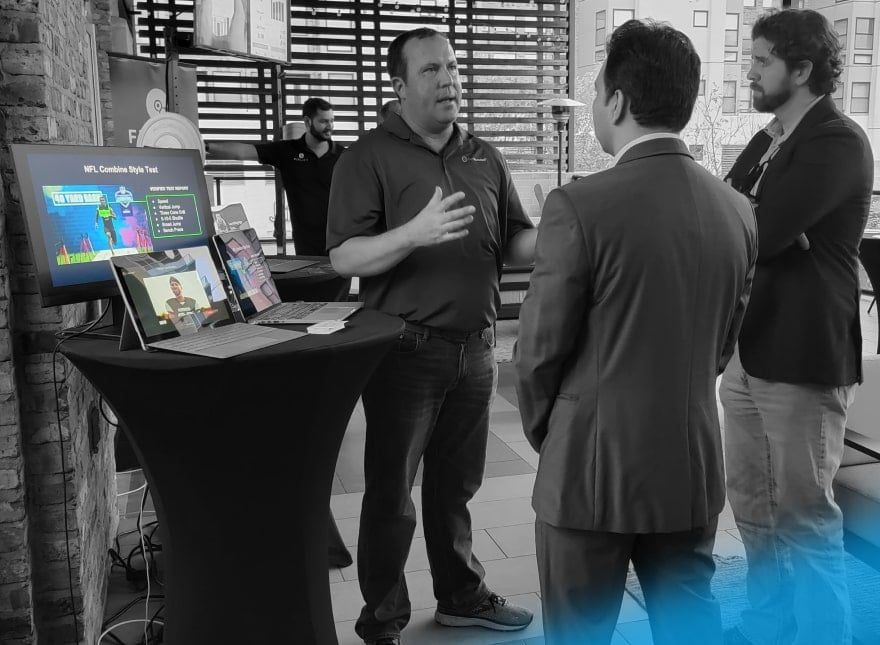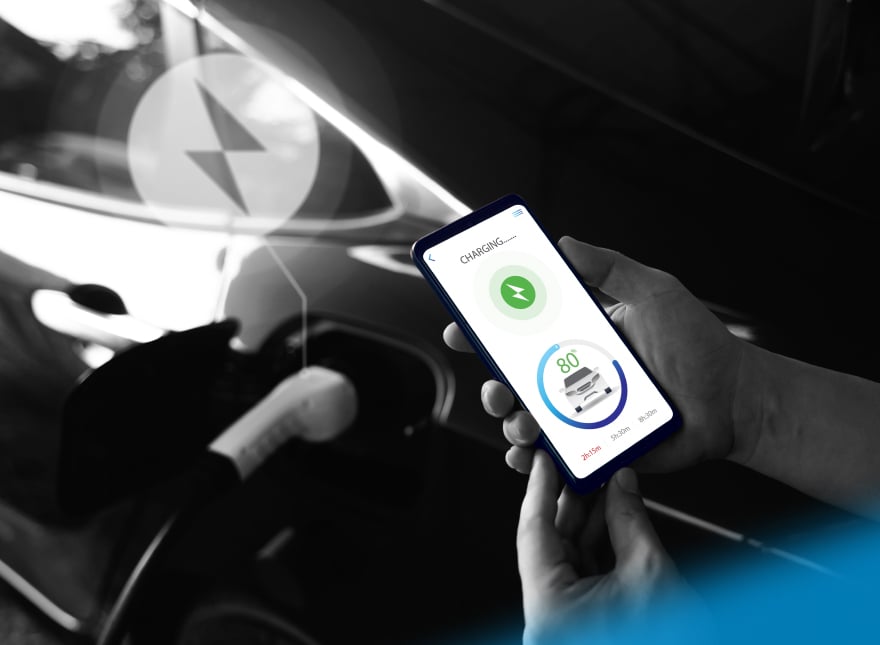Check out our latest blog article: From component to enterprise – modular robotics done right.
How Automotive HMI Tools Make the Future Closer
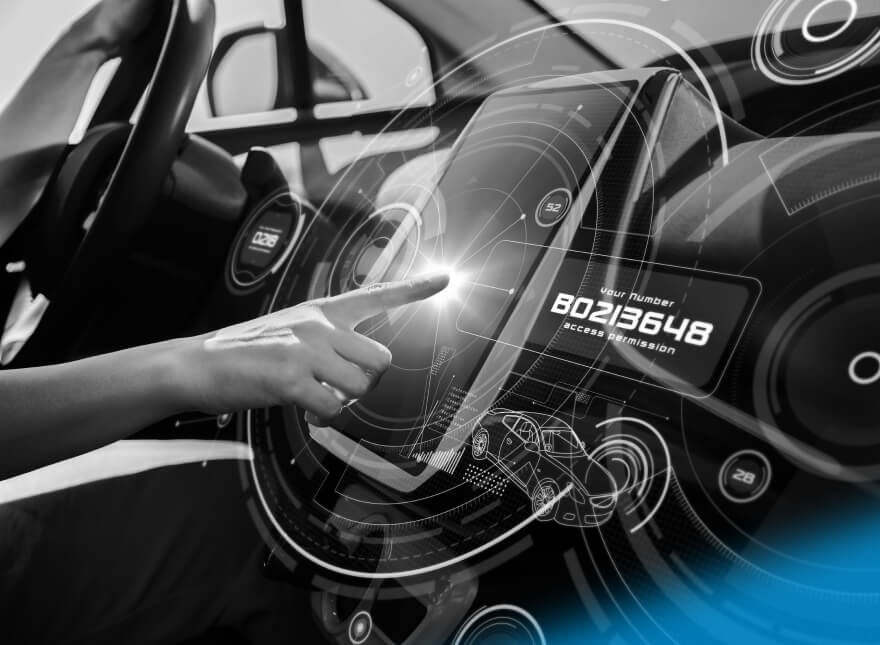
Have you already joined the race to autonomous cars? Then you must have noticed what a powerful selling point HMI technologies can be for customers. Touch screens, head-up displays (HUDs), speech recognition technologies—aren't we already looking at the car of the future from science fiction, a true Batmobile that is both safe and attractive?
But HMI is not just attractive. It’s a crucial element of automotive software solutions. Without it, users wouldn’t be able to control their autonomous vehicles (AVs). No control means no trust. And trust between vehicle and driver is the cornerstone of AV expansion.
So how will you win from HMI control system implementation? Which HMI tools are driving the AV market right now? Let’s find out.
Demand for HMI in the Automotive Market is Growing
Autonomous vehicles are on the radar of all carmakers—both premium and mid-price. But how much money are we talking about?
In 2020, the AV industry was valued at nearly $21 billion. Within five years, it’s expected to triple. And $62 billion is only the minimum threshold. Some optimists are looking forward to much higher numbers.
What stands behind these high expectations? Like always, customers’ willingness to pay. Every second buyer agrees to spend 20% over their budget for an AV when it provides them with a higher level of autonomy. What does this mean at the current stage of AV evolution?
First of all, it’s a vehicle equipped with ADAS technologies that’s able to perform some driving tasks by itself. In this case, the human relies on the ADAS technology and passes control to the vehicle.
Second, the vehicle can detect hazards and inform the driver so that they have a chance to adapt their driving behavior. Or, it may take over control from the driver. In this case, the vehicle would adapt, correct, or stop an action that is unperformed or inadequately performed by the human driver.
HMI technologies are essential for both situations. They keep a human driver updated on the driving situation providing them only with the information that matters. This is a new way of communication between the human and the vehicle, where the vehicle takes an active position as well.
Governmental Transport Departments Are Focusing on AV
In Germany and South Korea, government authorities have implemented stringent laws about AVs. Among others, these laws cover ADAS features in vehicles.
The United States has yet to enact overarching federal legislation on the matter. However, in January 2021 the U.S. Department of Transportation (U.S. DOT) released its Automated Vehicles Comprehensive Plan. It streamlines the introduction of novel ADAS-enabled vehicle designs and features, including HMI, and introduces the necessary changes to the existing Federal Motor Vehicle Safety Standards.
Single Multi-functional HMI Design Improves Usability and User Safety
When the vehicle helps the human driver understand the situation around, keeps them safe, and gives them all other data they need (but doesn’t overload them with technical information), this is an effective HMI design. There are several crucial points in organizing this communication:
- Filtering the incoming data and only displaying only useful information to the driver
- Helping the human better understand their vehicle and seamlessly interact with it
- Establishing a single HMI design standard that would minimize driver confusion
Let’s highlight the major trends and AV best practices that help build the right human-machine interface and lead to effective communication between them:
- Multi-modal HMI solutions. We are watching a transition from a car equipped with several HMIs to a vehicle with a single consolidated multimodal HMI system. The system informs the user about driving events but avoids data overload.
- Effective communication with many actors. To keep passengers safe and relaxed, an AV must assure them that it is completely in charge of the situation and aware of the surroundings. So the vehicle communicates with the outer environment, objects, pedestrians, and other traffic participants in the proximal range. For example, HMI systems streamline car-to-car communication for safety warnings and alerts.
- Integration with other ADAS-related services and apps. HMI helps automakers make full use of a wide range of services. For example, adaptive cruise control (ACC) and lane change assist (LCA) make up part of an advanced automotive HMI design.
Modern vehicles already employ an array of interaction methods that were unthinkable only a few years ago. Drivers use a touch-free HMI system to interact with the vehicle, connected systems within it, and the environment around it. All this without moving their hands from the steering wheel. Here are the most trending technologies that support these recent advancements.
Trending Technology 1: Haptics
The sensory technology provides tactile feedback in touchscreen infotainment systems. When the given input is accepted, the driver receives confirmation without taking their eyes off the road.
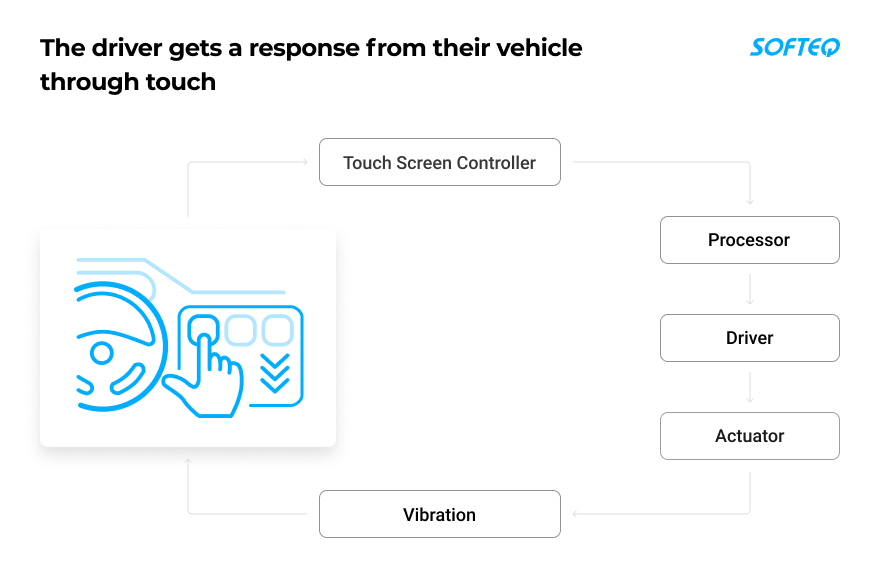
This technology is still under development. The aim is to make haptics better integrated and less power-consuming. Despite the current drawbacks, haptics has already become a trending tool due to its quick reaction time and reliability.
Trending Technology 2: Voice Operated Systems
Modern voice-operated systems allow for quite natural communication with a vehicle. They even understand accents and ask for more information if needed. This happens thanks to the integration of AI, as well as general advances in NLP and cognitive computing.
For better in-vehicle communication experience, carmakers still have to work on the following:
- Working offline. Fast data connections are not always available on the road, in tunnels, or in areas with poor cellular coverage. On-board infotainment systems could be the solution. These handle voice commands by themselves, without transmitting them to an external system.
- Ensuring natural language understanding (NLU). Before voice-operated systems used set commands. Now they’re more of a platform with high-quality algorithms. The algorithms allow the system to understand speech impediments, accents, and regional differences.
- Controlling ADAS functions. Current voice-operated systems are used to control media players, set destinations, or make calls. But soon they will perform a broader set of more complex functions thanks to advances in ML algorithms that detect objects, estimate their trajectories and intents, and make decisions.
Trending Technology 3: Head-up Displays (HUD)
HUDs promise to help drivers maintain roadway focus. They display critical information (speed, warning indicators, next-turn information, and so on) within a driver’s forward field of view (FFOV).
There is still a lot of work to be done with HUDs:
- Ensure that the displayed information is of utmost importance and avoid over cluttered displays
- Improve the visual appeal and ease of adjustment
- Add smart features to displays
As noticed by Continued Viita, “For premium models, future HMI should comprise all of the modalities mentioned for high-volume vehicles, but also include smart surfaces, smart glass, and AR HUDs as standard.”
To Conclude
Are you a tech company struggling to build a best-in-breed self-driving car? Or do you just want to grab an early lead in the AV market and start producing driverless vehicles at a production-level scale? In any case, to get your slice of the pie, you’d better hurry up with more advanced HMI system development and adoption.
At Softeq, we take advantage of the latest automotive UX trends and make HMI design as intuitive and effective as possible. Get in touch with our automotive sector specialists, and we'll help you with your ADAS and HMI projects.
More articles on the topic




